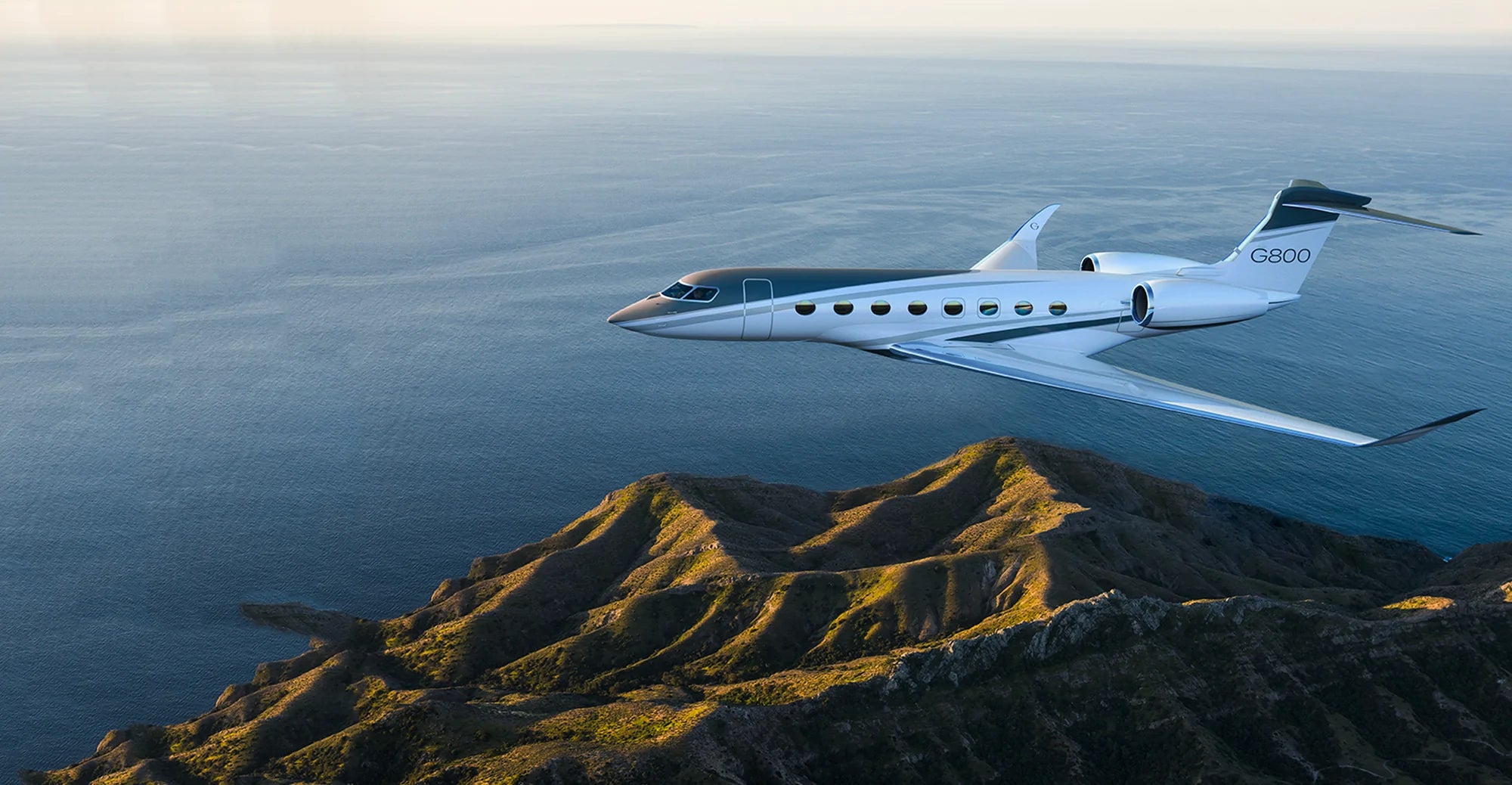The FAA published with the Federal Register concerning the highly anticipated airworthiness criteria for Joby Aviation’s JAS4-1 on November 8th. This announcement arrives four years after Joby originally applied for type certification of its piloted four-passenger tiltprop and six months after the FAA changed the criteria on certifying eVTOL aircrafts. This announcement provides a first glimpse and comprehensive criteria surrounding the certification basis for an electric vertical-takeoff-and-landing (eVTOL) powered-lift aircraft.
In May 2020, Joby started the process and was the first to sign a G-1 certification with the FAA (under Part 23 regulations for fixed-wing airplanes). However, in May, the FAA chose to certify eVTOLs as a unique class of powered-lift aircraft under Part 21.17(b). Because the JAS4-1 was not certified within three years, Joby was required to seek an extension in July, resulting in the FAA granting the G-1 extension.
The certification basis is predominantly focusing on Part 23 with Part 33 for engines and Part 35 for propellers, but also incorporates new performance-based criteria established by the FAA.
The proposed criteria incorporate flight modes, configurations, and speeds, in addition to electric engine and related propeller airworthiness standards, all centered around aircraft power-lift abilities.
Airplanes are able to glide and rotorcraft autorotate to a safe landing if there is a loss of power, however, not all powered-lift aircraft possess these abilities. The FAA proposes a unique requirement for the JAS4-1 to sustain safe flight and landing, in addition to controlled emergency landing. These requirements guarantee the vehicle possesses the capability to glide or autorotation.
The FAA has anticipated the criteria to oversee the eVTOL’s varying sources of lift: thrust-borne, semi-thrust-borne and wing-borne. This addresses vertical takeoff and landing, allowing for safe operation of the powered-lift aircraft below the stall speed of the wing. (Parts 27 and 29 for rotorcraft).
Joby’s tiltprop concept utilizes distributed electric propulsion for lift, thrust and control. This necessitates innovative airworthiness criteria to address the integrated flight and propulsion control system. Proposed criteria for distributed propulsion also address multi-engine isolation, simplified control, and energy-system crashworthiness.
The JAS4-1 is anticipated to spend more time in high-speed flight, and less time in hover than a rotorcraft, heightening bird-strike risk. The JAS4-1 will give birds less warning, as it will be dramatically quieter than a helicopter. The FAA is proposing a more comprehensive bird-strike avoidance requirement for an aircraft-level evaluation against a 1-kg (2.2-lb.) bird impact.
Additional unique JAS4-1 features requiring airworthiness criteria include fire-protection focus on all power plant-related fire hazards, the electric engine (consist of four motors), the drive motor plus motors for propeller pitch, engine tilt and the cooling system. The propeller requires new criteria due to the electric blade-pitch actuation, as it is widely incorporated into the aircraft’s propulsion and flight-control system.
The JAS4-1 does not require the same 10-9 safety level as commercial aircraft as it is not a Level 4 commuter-category aircraft. European SC-VTOL rules for eVTOLs specifically require a 10-9 safety level for commercial passenger operations.
Joby is aiming for approval by the end of 2024, but 2025 could be the more realistic expectation.



